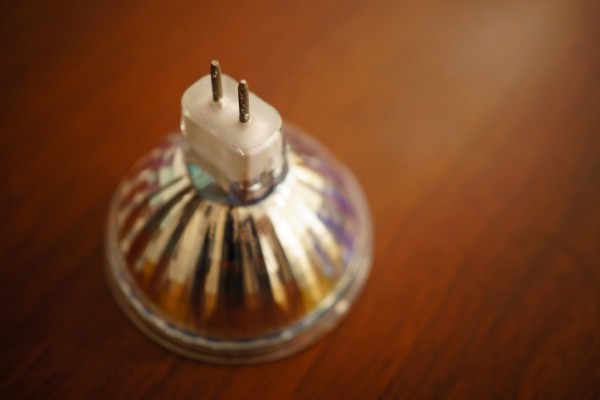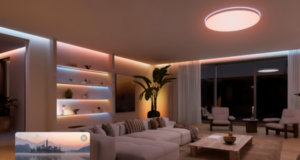
If you’ve ever replaced a downlight or a halogen globe, you’ve probably encountered a bi-pin mount—whether you realised it or not. These compact, two-pin connectors are among the most common types of light bulb mounts used in Australian homes, especially for small-format lamps.
Understanding the type of mount your light fixture uses is essential when it comes to lighting maintenance, upgrades or replacements. Let’s break down how bi-pin mounts work, where you’ll find them and how to identify the right kind for your fitting.
How bi-pin mounts work
A bi-pin mount consists of two metal pins that protrude from the base of the bulb. These pins fit into corresponding holes in the light fixture’s socket, completing an electrical circuit when installed correctly. The pins are typically spaced a few millimetres apart, with the exact spacing determining the mount type.
The design offers a secure, low-profile connection that’s ideal for recessed, track and specialty lighting.
Where bi-pin mounts are used
Bi-pin mounts are most commonly found in:
- Recessed ceiling downlights
- Track lighting systems
- Pendant fittings
- Under-cabinet lighting
- Desk and reading lamps
These mounts are typically paired with halogen or LED globes, although older homes may still contain incandescent versions. While halogens used to dominate this space, modern LED bi-pin bulbs now offer the same size and brightness with significantly lower energy consumption and longer lifespan.
If you’re upgrading to LEDs, just make sure your transformer or fitting is compatible. You can read more about this in our guide to fluorescent light mounts and light switch styles to understand how they interact with different types of globes and fixtures.
Different types of bi-pin mounts
Not all bi-pin bulbs are the same. The most common types you’ll encounter in Australia include:
| Mount type | Pin spacing | Typical use |
|---|---|---|
| G4 | 4mm | Small halogen or LED globes in cabinets |
| G5.3 (MR16) | 5.3mm | Low-voltage downlights |
| GU10 | 10mm | Mains-voltage downlights |
| G9 | 9mm | Compact halogen or LED lamps |
💡 Tip: The “G” stands for “glass” (originally referencing the bulb’s material), and the number refers to the distance between the pins in millimetres.
The most commonly seen in modern Australian homes are GU10 and MR16 (G5.3) fittings. The key difference is voltage: GU10 is mains-powered (240V), while MR16 uses 12V and typically requires a transformer.
How to identify your bi-pin fitting
If you’re unsure which mount you have, the easiest way is to remove the bulb and check the base:
- GU10 bulbs twist and lock into place. The pins are slightly thicker and have a distinctive widened base.
- G5.3 or MR16 bulbs have straight pins that simply push into the socket.
You can also check the old bulb or fixture for printed labels—many will have the mount type written on them.
If you’re replacing a bi-pin bulb, take the old one with you when shopping to ensure the right match, or take a photo of both the bulb and fitting. This is especially useful if you’re planning a lighting upgrade or switching to LED for improved energy efficiency.
Safety and compatibility tips
- Don’t force a bulb into a socket that doesn’t match—it could damage the pins or socket.
- If converting from halogen to LED in a G5.3 fitting, check whether the transformer is compatible with LED drivers.
- If installing new downlights, consider models with integrated LEDs to futureproof your fittings.
- Turn off power at the switchboard before replacing any light fitting for safety.
If you’re unsure about wiring or voltage compatibility, always consult a licensed electrician.
In summary
Bi-pin mounts are a compact, efficient and common solution for modern lighting, especially in recessed and decorative fittings. Whether you’re upgrading to LEDs or simply replacing a blown globe, understanding the type of mount you’re dealing with ensures a quick, safe and cost-effective swap.
Want to explore more lighting options? Check out our guides to cable and rail lighting and how to clean light globes to keep your home bright and efficient.





